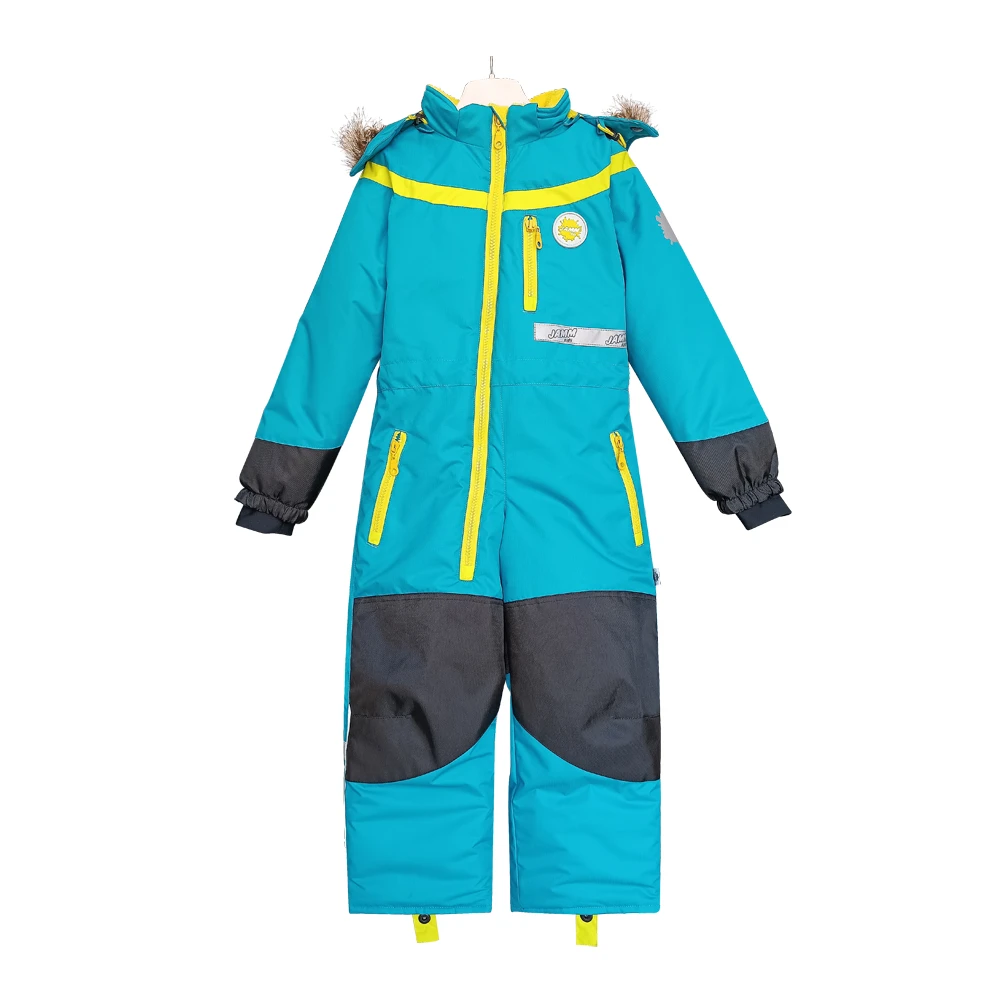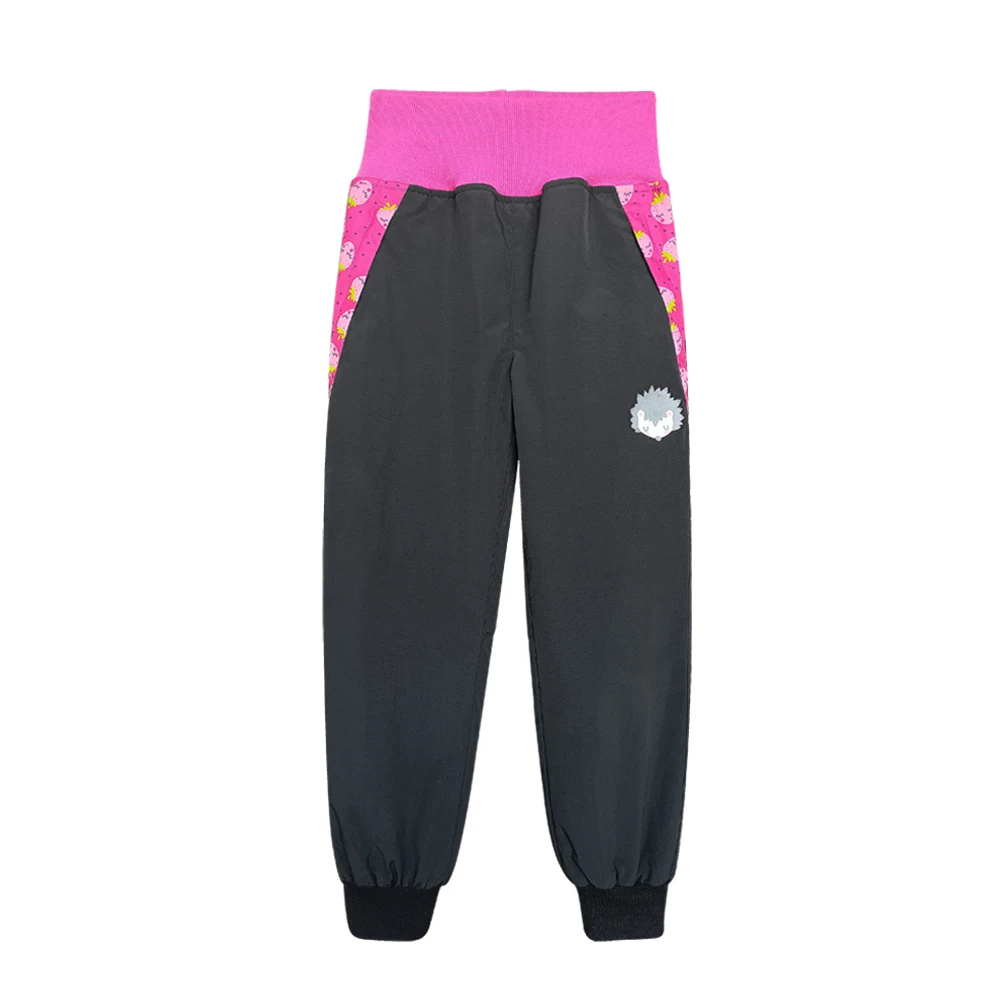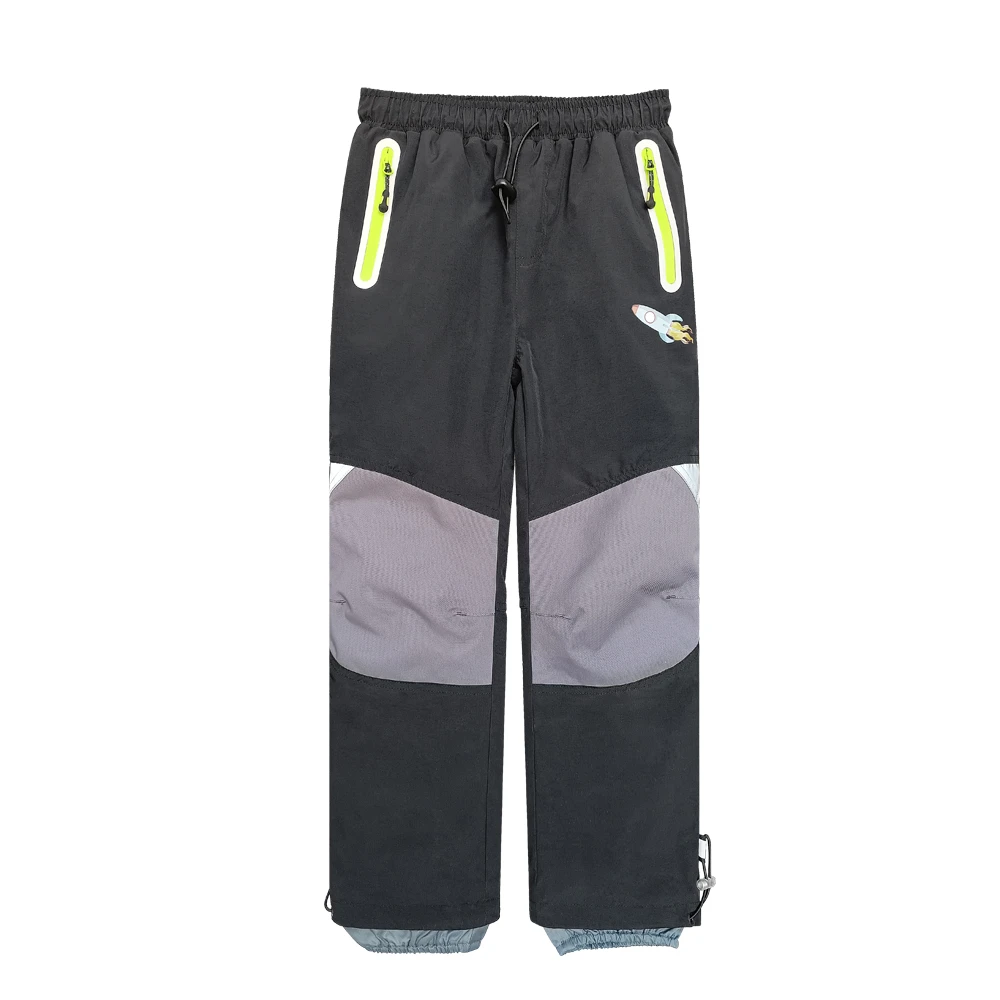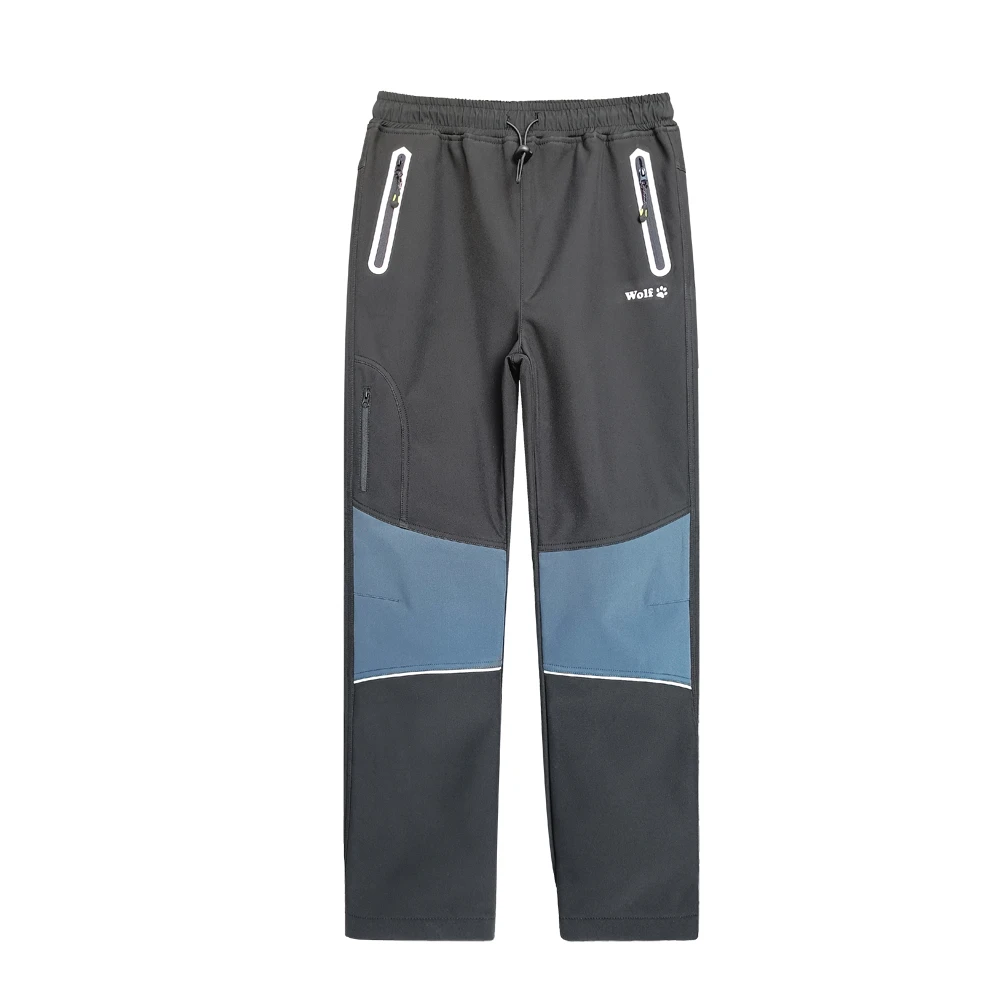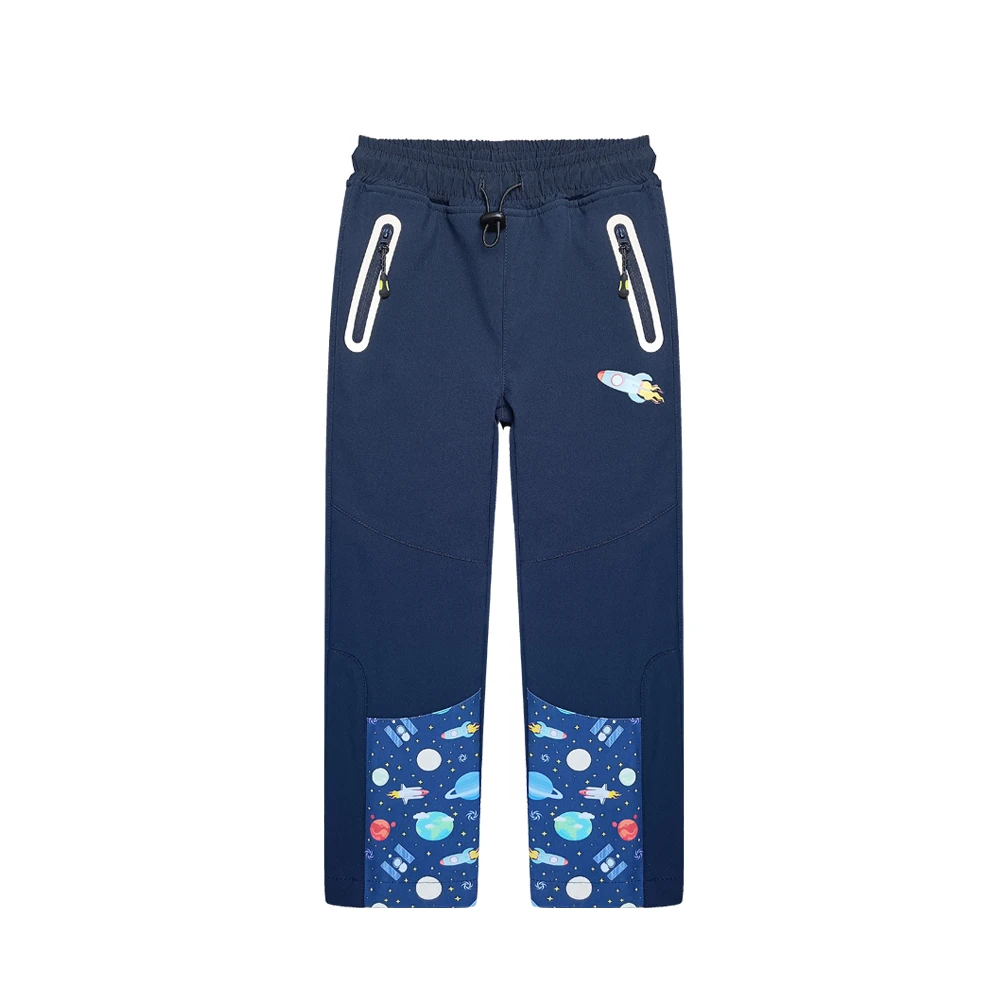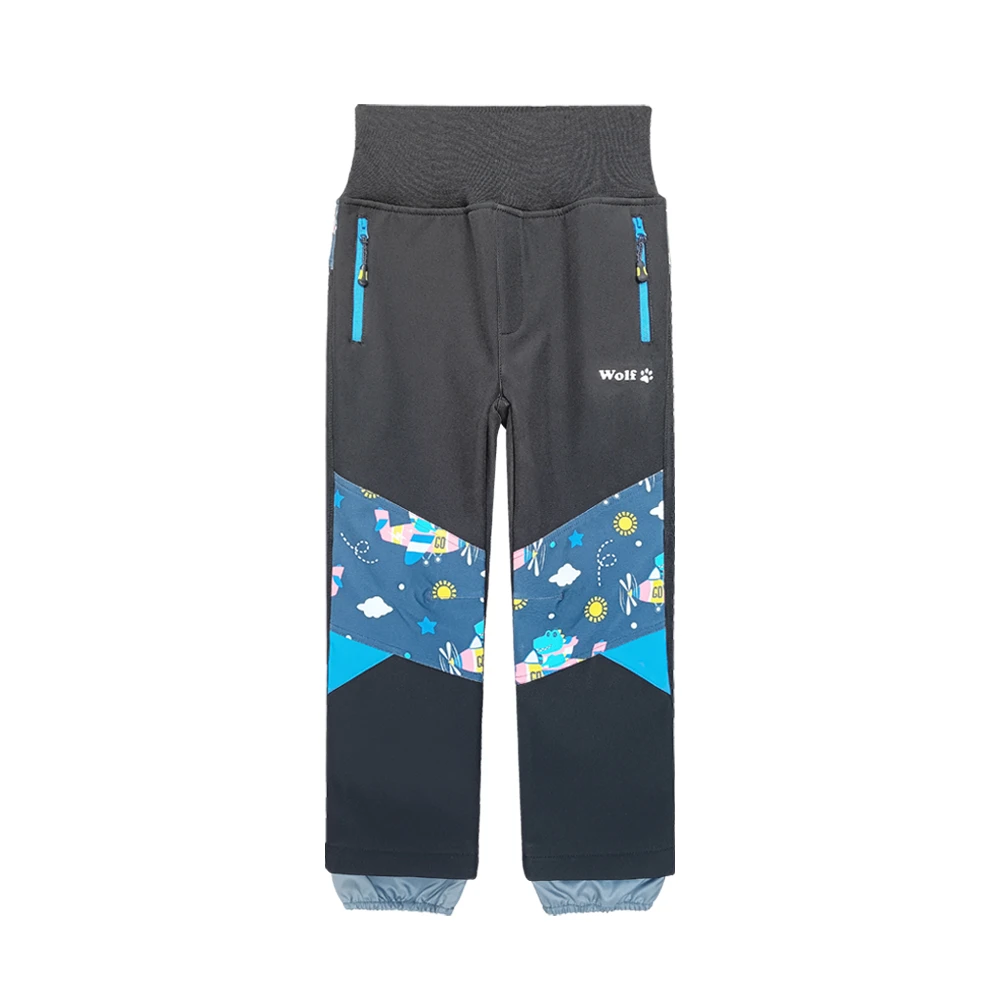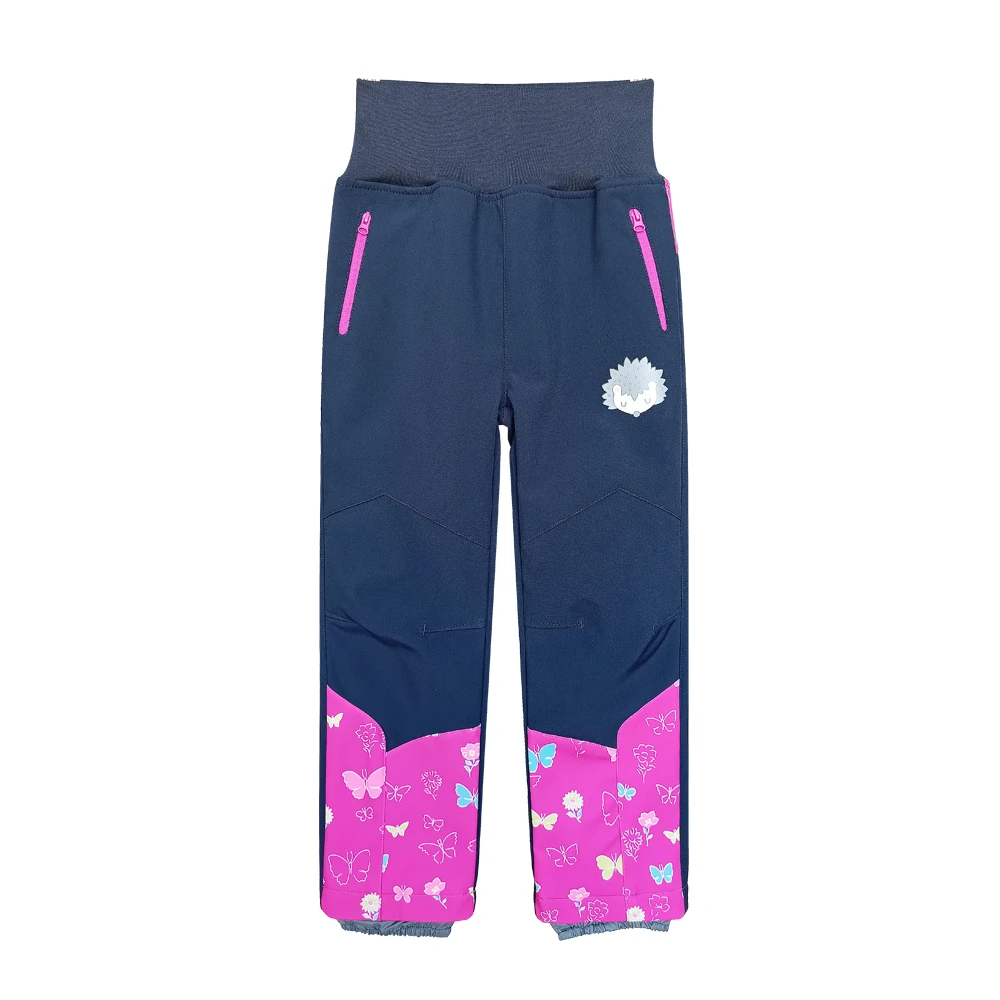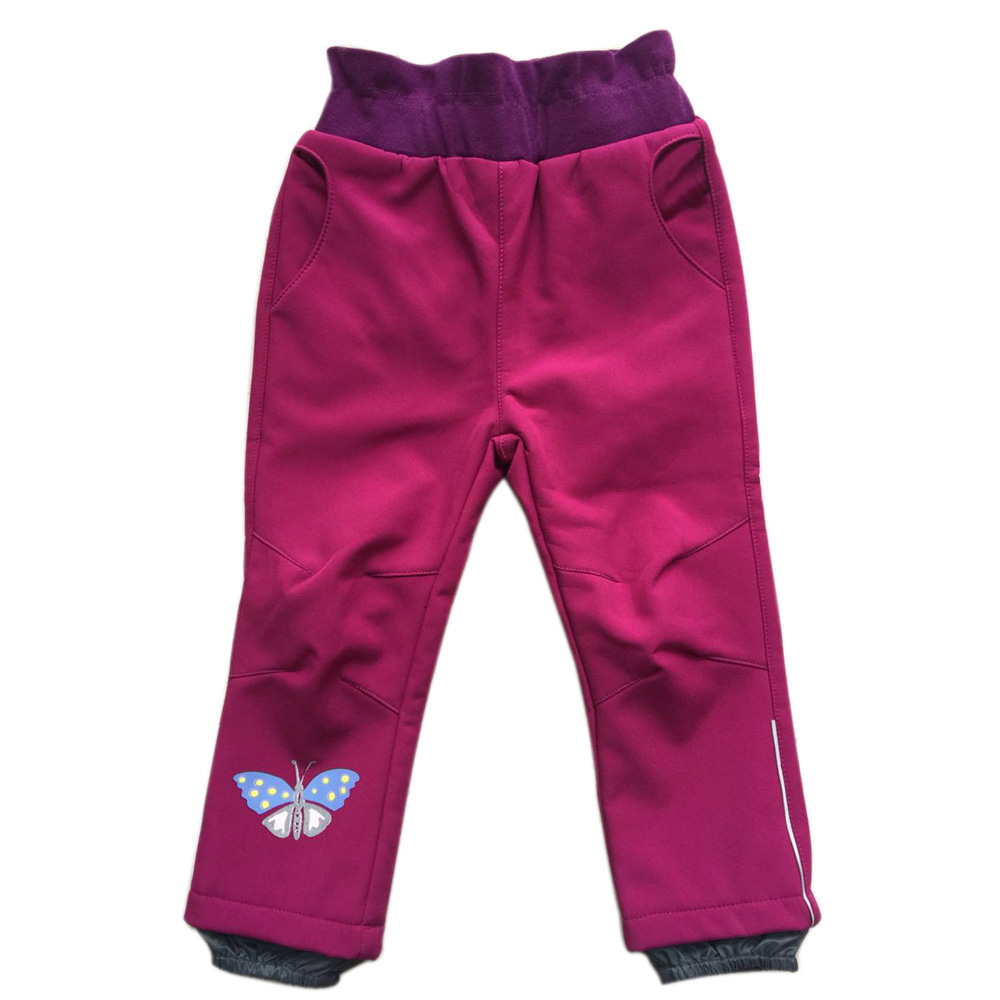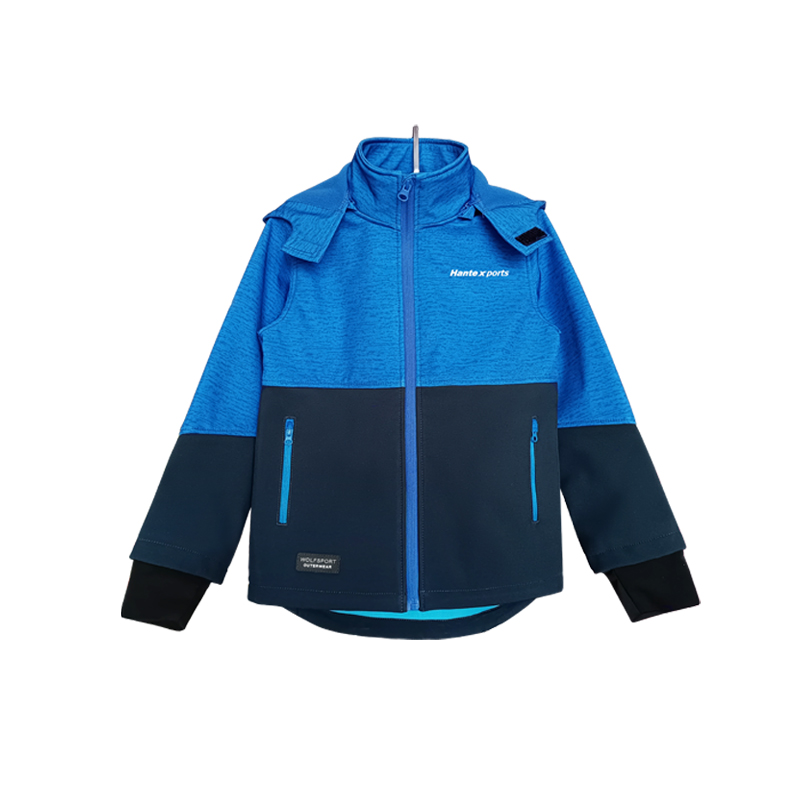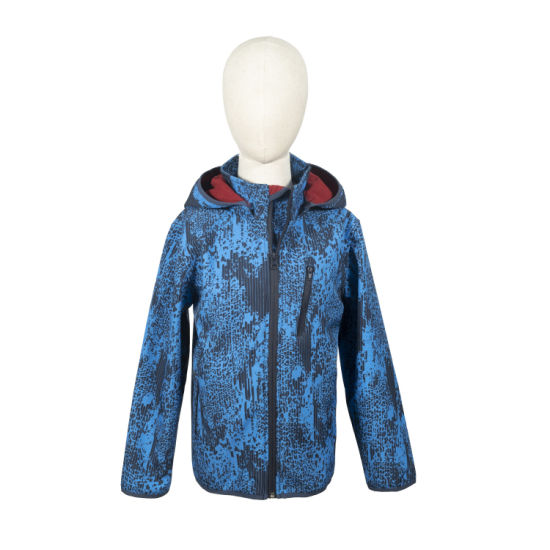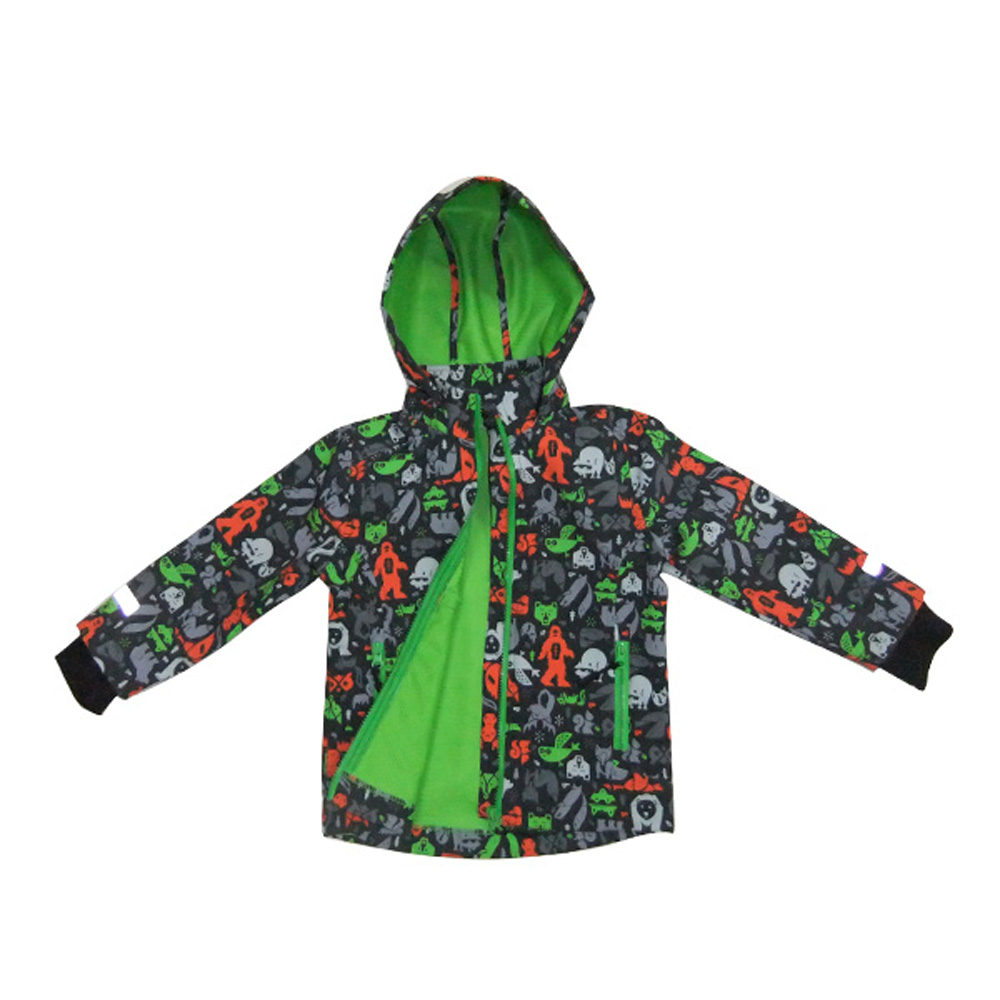Field Notes on a Kid’s Softshell That Actually Gets Used
I’ve handled a lot of children’s outerwear over the years, and too many “tech” jackets turn stiff or soggy after a month of school runs. This Kid′s Softshell Jacket (model KJ-22w05) is one of the few pieces that keeps showing up in my notes for the right reasons.
Origin matters for traceability: No.173, Shuiyuan Str., Shijiazhuang, China. The factory likes to talk about the 3-layer bonded build, and—surprisingly—it lives up to the pitch in foul weather.

What’s Trending (and why this matters)
Parents are asking for three things: fewer layers, more stretch, and kinder chemistry. Softshell is winning because it blends weather resistance with comfort—kids keep it on, which is half the battle. There’s also a shift to PFC-free DWR options; this factory can supply that on request, which—honestly—is becoming table stakes in Europe.
Technical Snapshot
| Product | Kid′s Softshell Jacket (KJ-22w05) |
| Fabric | 3-layer bonded softshell, 270–350 gsm (≈); mechanical stretch; optional PFC-free DWR |
| Waterproofing | Hydrostatic head ≈10,000 mm (ISO 811); real-world use may vary by seam configuration |
| Breathability | ≈3000 g/m²/24h (ASTM E96 B; vendor lists “3000 mm” equivalence) |
| Sizes | #116–146 |
| Design | Fixed or detachable hood; reflective piping; YKK-style zips; critical seams top-stitched (full taping optional) |
| Certifications | OEKO-TEX Standard 100 and REACH conformity available upon request; CPSIA lead limits for US shipments |
| Service life | Around 2–3 school seasons with normal care |
How it’s made (short version)
- Materials: face fabric + breathable membrane + microfleece backer, tri-laminate.
- Bonding: controlled temperature/pressure lamination; peel-strength checked per ISO 11339.
- Cut & sew: CNC cutting, reinforced elbow/hood stress points; bar-tack at pocket entries.
- Finish: DWR cure, reflective trims; optional seam taping on yoke/hood for splash zones.
- Testing: ISO 811 (water column), AATCC 22 (spray), ISO 13934 (tensile), ISO 12945 (pilling), ISO 6330 (wash durability).

Where it shines
Daily school commutes, windy playgrounds, shoulder-season hikes, bike rides, light snow. Many customers say kids stop complaining about “crinkly raincoats.” It’s not a monsoon shell—but for 90% of days, it’s the jacket that gets grabbed.
Vendor comparison (what buyers ask me)
| Vendor | MOQ | Customization | Lead time | Testing/Docs |
|---|---|---|---|---|
| Softshell-Clothing Factory | ≈300–500 pcs | Logos, colors, PFC-free DWR, reflective layouts | 30–45 days after PP sample | ISO/AATCC reports; OEKO-TEX on request |
| Mass-market Retailer A | High (≥3k) | Limited | Seasonal (long) | Retail hangtag only |
| Generic OEM B | ≈1000+ | Moderate | 45–60 days | Basic COA; limited test data |
Mini case study
A Nordic school district trialed 600 units of the Kid′s Softshell Jacket. After one autumn and 30 home-laundry cycles (ISO 6330 equivalent), DWR spray rating held ≥80/100 in 82% of samples, and return rates sat under 1.2%—mostly size swaps. Teachers liked the reflective visibility; parents mentioned “less arguing about coats,” which, to be honest, is the real KPI.
Notes on compliance
Designed to meet EN 14682 cord safety for children’s wear; OEKO-TEX Standard 100 options; REACH SVHC screening available; CPSIA lead/phthalate limits for US orders. Final conformity depends on chosen trims and market, naturally.
Final take
If you want one do-everything layer for windy, damp days, the Kid′s Softshell Jacket is a smart buy. Not a storm shell, but far more wearable—which means kids actually use it.
References
- ISO 811: Textile fabrics—Determination of resistance to water penetration (Hydrostatic pressure test).
- ASTM E96: Standard Test Methods for Water Vapor Transmission of Materials.
- AATCC 22: Water Repellency—Spray Test.
- OEKO-TEX Standard 100: Product Class II/III guidelines for children’s apparel.
- REACH Regulation (EC) No 1907/2006—SVHC compliance for textiles.
- EN 14682: Safety of children's clothing—Cords and drawstrings.
- ISO 6330: Domestic washing and drying procedures for textile testing.
